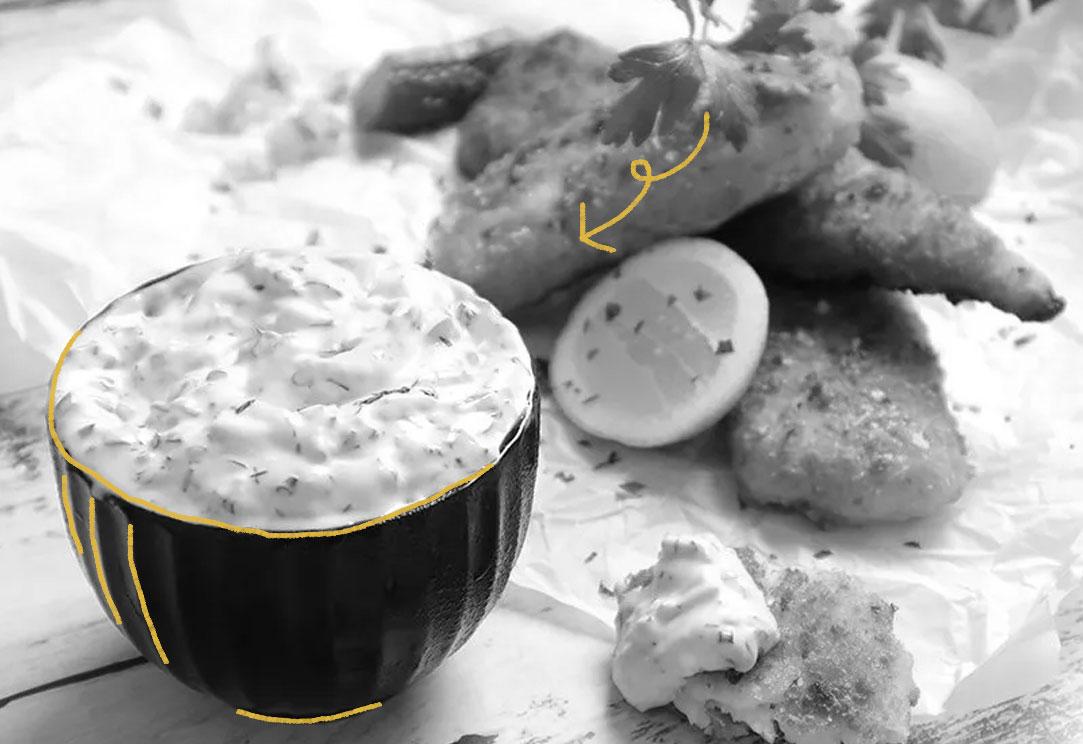The origins are tarter sauce are a little murky. Julia Child contended that the French created it to go with the classic dish steak tartare and cited French cookbooks from the 19th century as evidence. However, some historians believe that tarter sauce has its origins in ancient Roman cuisine, along with several other French sauces. It’s theorized that the ancient Roman recipe evolved during the Middle Ages, eventually taking its modern form in France during the 19th century. There is some evidence that the original version used a cream base, and there are still some French versions that use crème fraiche instead of mayonnaise, seemingly supporting this theory. We do know that the French popularized tarter sauce and also gave it its name, which comes from the word “tartare.” Tarter sauce was originally served alongside steak tartare, although modern versions of the dish no longer use the sauce. It’s thought that the word tartare itself comes from the Tatars (or Tartars), a group of Turkic speakers from Eastern Europe and Central Asia known for their strength in battle and habit of eating raw chopped horsemeat. Once the modern version of tarter sauce grew popular in France, chefs had to make it by hand for roughly 100 years. Then the sauce reached America, along with similar condiments like mayonnaise. There, Hellmann’s (the famous manufacturer of jarred mayonnaise) is thought to have created the first mass-produced, ready-to-serve tarter sauce in the 1920s. Over time, it became a very popular condiment in the United States, especially when served with fish. But the condiment didn’t just gain popularity in America and France; over the years, many countries have embraced their own versions of tarter sauce. For example, the Japanese version, called tarutaru sauce, features chopped hard-boiled eggs and Kewpie mayonnaise. Other countries also use the condiment differently than Americans tend to — for example, both Japan and Australia serve tarter sauce with their fried chicken. Today, tarter sauce remains a popular accompaniment to many dishes all around the world, but is still most closely associated with seafood dishes in America.

Your go-to guide for weird history facts
Subscribe to the FREE daily email that makes learning about history fun.


